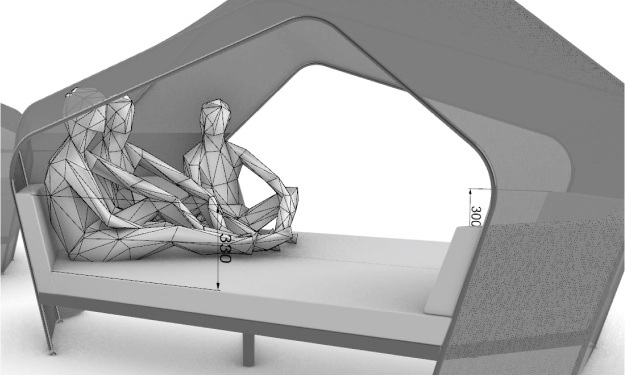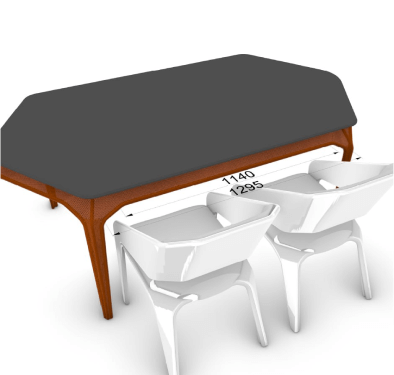Ergonomics, ergonomic… We often hear these words when talking about the organization of the workplace. We really spend most of our lives at work, and the comfort of the workplace and furniture have a significant impact on the efficiency of our work. But ergonomics is not just about working space. Effective rest is just as important as effective work. Since our blog is about everything related to outdoor furniture, today we will discuss the ergonomic aspects of garden furniture, focus on the main parameters and give some recommendations on what to look for when choosing.

First, let’s define the concept of ergonomics.



